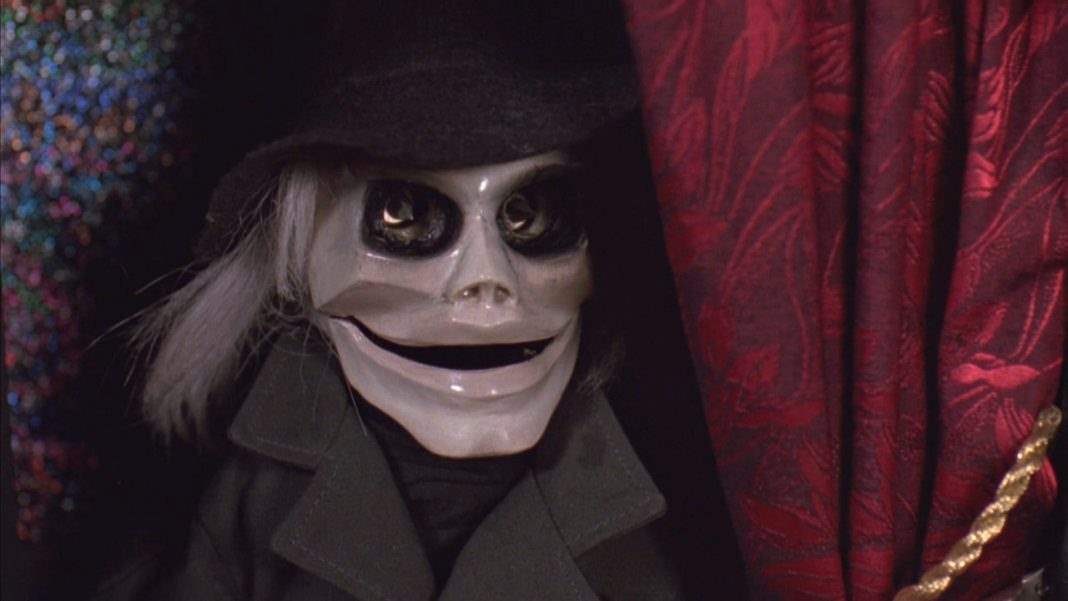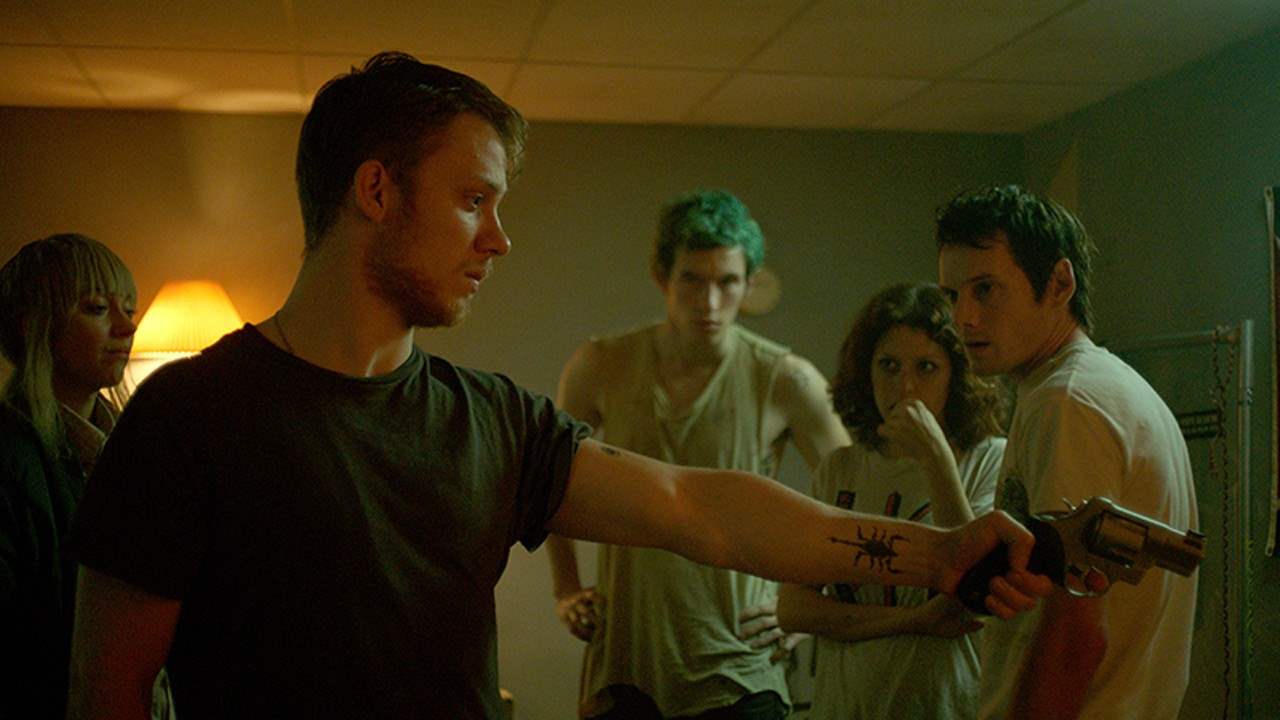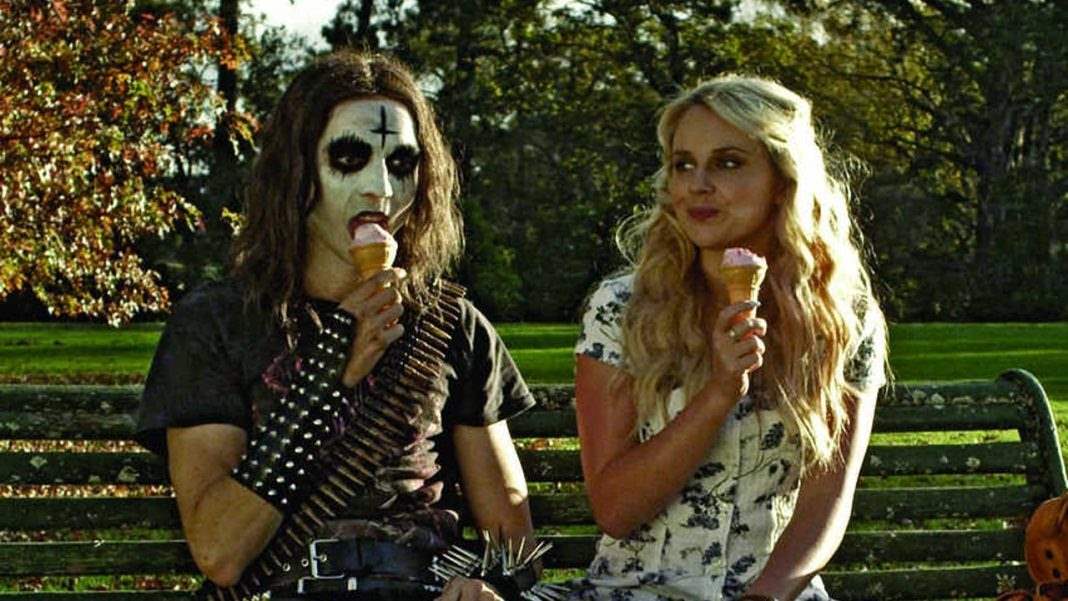Wicked Horror recently had the opportunity to speak with The Gallows co-directors Travis Cluff and Chris Lofing. The pair gave us the lowdown on how their micro budget film was picked up for national distribution by Warner Brothers, what they would like to see in a sequel, and how the film scored an R-rating from the MPAA. Head past the jump for the full interview!
In addition to directing The Gallows, Cluff and Lofing also co-wrote the screenplay. The film stars Cassidy Gifford, Pfeifer Brown, and Ryan Shoos.
The Gallows follows a group of high school students staging the revival of the titular play. The only problem is that the last time their school put it on, one of the students involved with its production was killed. Now, someone or something is after them and it’s pissed. The cast is being picked off one by one and time is running out.
TheGallows will see release July 10, 2015.
Related: We called The Gallows a Fun and Scary Thrill Ride [Read our Review]
Wicked Horror: Your finished film is presented in the ‘found footage’ method of storytelling. I’m always curious about the origination point of the decision to go the found footage route. Was it always the plan to present the project as POV or did that come later on in the process?
Travis Cluff: You know, it was kind of really out of necessity, more than anything. When we first started thinking about making this film, we had no money, we had no resources. We just had an idea and a drive to make a movie and so found footage kind of fell into place as something that we could make work with what we had. And so that was really the start of it and when we thought about making this film set in a high school and we wanted to make something that felt really grounded and realistic and authentic, the found footage atmosphere really fit with that as well. That’s just kind of where we stuck.
Chris Lofing: It fits in a way that you don’t get from traditional movies. You’re always watching the movie when a movie is on. Even if it’s really exciting and you get into it, you’re still always just watching a movie. But if you can do a found footage movie in the right way, you almost feel like you are in the movie, you are in those rooms. You are in those hallways. So, we really wanted to accomplish that for our viewers, in a way that was different and unique. And we feel like we’ve done that. That’s what we’re being told. We’re going to take people’s word for it.
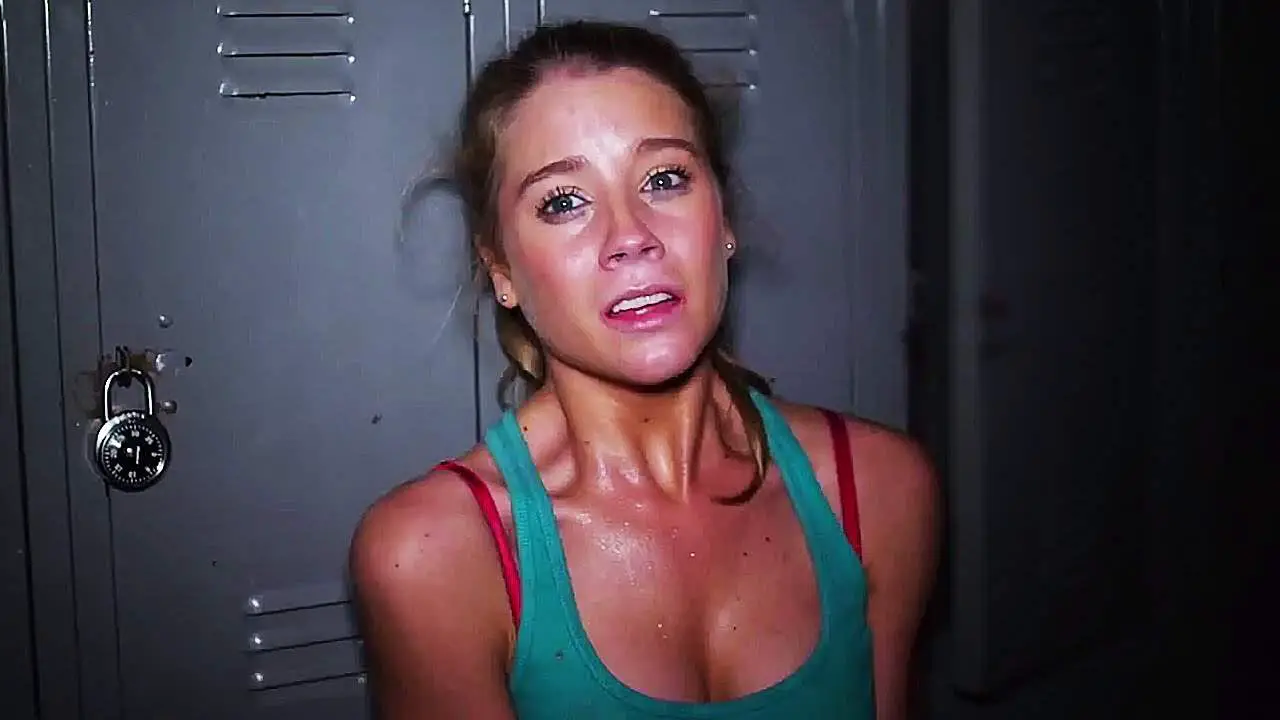 WH: Your core cast is comprised of relative newcomers to the industry and they all use their real first names. Was that intended to lend authenticity to their performances or was there some other motivation behind that?
WH: Your core cast is comprised of relative newcomers to the industry and they all use their real first names. Was that intended to lend authenticity to their performances or was there some other motivation behind that?
Lofing: Yeah, we just didn’t want to forget names [Laughs]. I’m kidding. No, it was completely about authenticity. Sometimes, there’s a delay in translation, right? So, we wanted them to have no delays in response if someone was saying someone else’s name, we wanted them to turn immediately and respond in a natural way. We thought that was very important to keeping as much of the real and natural feeling as we could possibly get.
WH: You guys went from a trailer that you cut together and put online to securing a nationwide release. How much did the film change between the time you first presented it to Blumhouse and the version we’re seeing in theatres?
Cluff: Right, so, yeah. There’s been a lot of times where we went back into the movie, reshot things, added things, reworked different parts. But throughout the whole process, the story and the core of what the movie is has always remained the same. When we did stuff with Blumhouse coming on board, it was really just they said, ‘Hey what did you wish you could have done the first time? What can you do with a little bit more resources and what can we help you accomplish?’ They were very supportive in helping is maintain our vision all along. When you see the finished product, it is the best representation of what we had always intended. A lot of the core scenes, some of our favorite scenes, from the original time we shot the movie have stayed intact throughout the entire thing. That’s something we appreciate about Blumhouse and the low budget model is that it does create the freedom to be able to do some of those things. Jason [Blum] was very believing in us and Couper Samuelson at Blumhouse who was one of the producers on Whiplash, which is an Academy Award nominated film, obviously, and an Academy Award winning film, we heard that he doesn’t really like much. It takes a lot to get him to like a movie but he loves our movie. You know, it was just really fun to hear that from them saying, ‘We throw some ideas out and they’re usually crap but then Chris and Travis take them and turn them into good ones.’ So, it’s fun to hear that and their belief in us to be able to put something fun together that would work in a big way. We’re glad we got to do it.
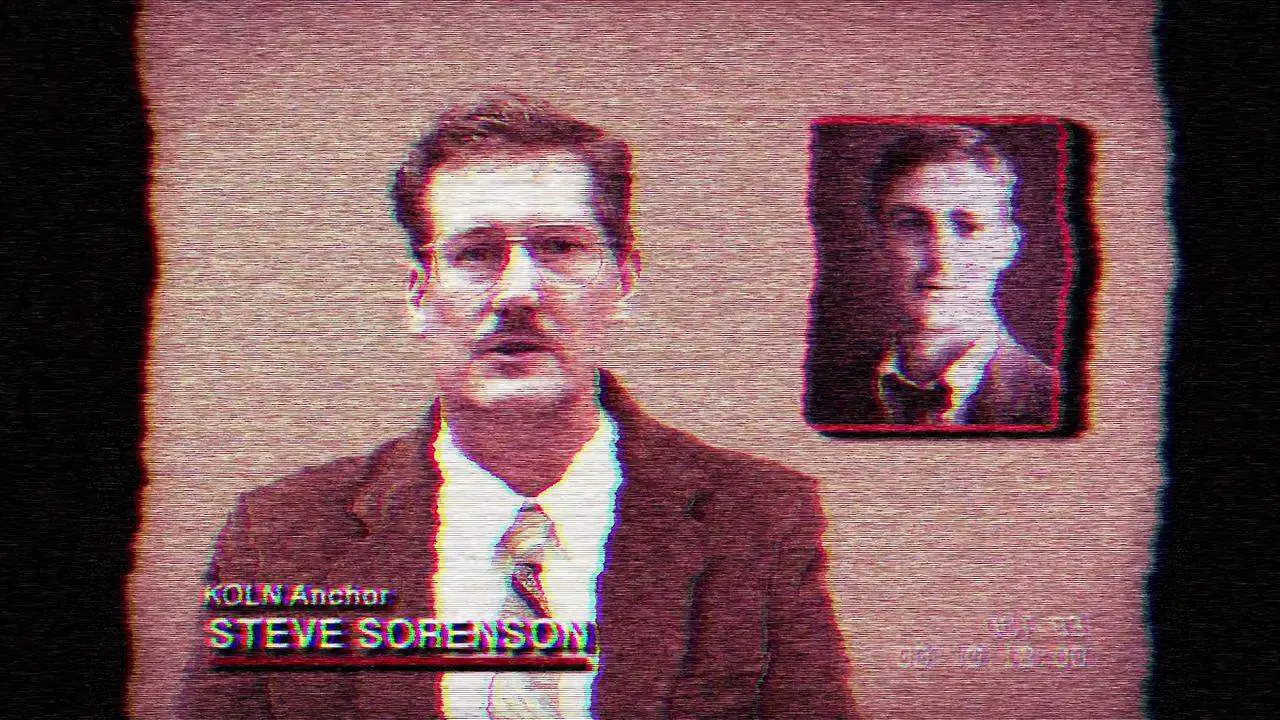 WH: I would have to agree with them. I think there are some really terrifying elements to The Gallows and you don’t rely too much on jump scares, which is nice. Most of the scares are legitimate. I think that you really found a good formula.
WH: I would have to agree with them. I think there are some really terrifying elements to The Gallows and you don’t rely too much on jump scares, which is nice. Most of the scares are legitimate. I think that you really found a good formula.
Both: Thank you.
Lofing: We didn’t want any cheap scares. We wanted all legit reasons. I’m glad to hear that from you. That tells us that we did something right.
WH: Speaking of doing something right, the previews are comparing Charlie to Freddy and Jason. Do you think that The Gallows has franchise potential?
Cluff: You know, apart from the franchise, going on back to what you said about comparing [Charlie] to Freddy and Jason, when we originally thought of the idea for this movie, we thought, ‘Man, how cool would it be to introduce a new horror icon into the world? To have this new villain that when you’re buying your Halloween costume, you’ve got the Michael Myers mask, the Freddy Krueger glove, and Charlie Grimille right next to them.’ That was always just a big dream for us, not knowing how impossible it would actually be.
Lofing: We actually had prepared to use that as like a sales pitch: Michael Myers, Jason Voorhees, Freddy Krueger. Now, Charlie Grimille. We would say to ourselves, in practice, hoping we could make a deal and then we are sitting with these guys at Warner Bros [New Line] in the marketing team, who actually created Freddy Krueger and they put it together in this trailer. If it isn’t a foreshadowed vision coming to pass, we don’t know what it. It’s just amazing. You have a thought and all of a sudden, you have a realization of that thought. And in ways you have forgotten about, people have kind of taken it and pushed it forward. Once we saw it, we were like, ‘We were pitching that and we didn’t even have to tell these guys and they already did it. So, it was really amazing.
Cluff: What you were saying about franchising, we really did put everything into this movie that we possibly could, all of our strengths and time and energy. [We] tried to make the best movie that we possibly could. But absolutely positively, if Charlie could come back again, we would dive right in. We would be more than happy to be a part of that process.
Lofing: Yeah, if you don’t have a good first movie, you’re never going to have a second movie.
WH: Speaking of a second film and franchise potential, I’m curious to see where you would want to see the next installment go and also if you would envision it including more of Charlie. We see very little of him in The Gallows, and I think oftentimes that’s more effective for a first film. But it begs the question: Would you think it would be smart to reveal more of him and his backstory in a follow up effort?
Cluff: Absolutely. We don’t have any definite ideas, really. But we are absolutely interested in exploring more about Charlie and the past and the original Gallows, for sure.
Lofing: Yeah, there’s a lot we don’t know about what happened. Was it an accident? Was it on purpose? Was it self inflicted. There are a lot of unanswered questions. We wanted to kind of leave the opportunity to explore that a little more. Who knows who could stumble upon a playbill or a script of The Gallows and try and introduce it in some new way. As long as this movie does well and we get a great first movie out, we’re sure that we will be happy about bringing Charlie back.
 WH: As of the last TV spot that I saw for the film, it was still unrated by the MPAA. With it coming out shortly, I was curious if you have had a complicated time trying to secure a rating or what may be the cause of the holdup.
WH: As of the last TV spot that I saw for the film, it was still unrated by the MPAA. With it coming out shortly, I was curious if you have had a complicated time trying to secure a rating or what may be the cause of the holdup.
Lofing: Absolutely. When we made this movie, we had always intended it to be PG-13. We are two pretty wholesome, churchgoing guys.
Cluff: This is Travis. I’ve got kids. I’ve got to live a pretty PG-13 life.
Lofing: He was kind of the dad on set, constantly monitoring everyone’s language. There’s no nudity, there’s no sex. So, it was almost like everyone assumed it would be PG-13 and it was a real shock when the MPAA gave us an R-rating. There was a time period where we were like, ‘What did we do? On what grounds?’ You know what their answer was? They said they didn’t know what grounds. It was just that scary. Someone there threw out the excuse that it was for language. But there’s no language in it so we told them to go back and watch it again. They did and they came back and said that it’s not for language but it’s still an R. And we asked on what grounds and they just said that it’s very intense and the tone all the way through is very scary and they said they couldn’t change their minds, even though it’s loaded with PG-13 content, that the suspense and the thrills and the intensity of it all is so strong and elevated that they said they would have to make it an R. It’s one thing that we didn’t plan on but it’s a compliment. We’ll take it as a compliment.

